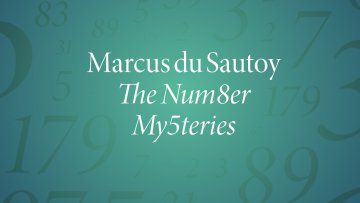When does portfolio compression reduce systemic risk?
Abstract
We analyse the consequences of conservative portfolio compression, i.e., netting cycles in financial networks, on systemic risk. We show that the recovery rate in case of default plays a significant role in determining whether portfolio compression is potentially beneficial. If recovery rates of defaulting nodes are zero then compression weakly reduces systemic risk. We also provide a necessary condition under which compression strongly reduces systemic risk. If recovery rates are positive we show that whether compression is potentially beneficial or harmful for individual institutions does not just depend on the network itself but on quantities outside the network as well. In particular we show that portfolio compression can have negative effects both for institutions that are part of the compression cycle and for those that are not. Furthermore, we show that while a given conservative compression might be beneficial for some shocks it might be detrimental for others. In particular, the distribution of the shock over the network matters and not just its size.


